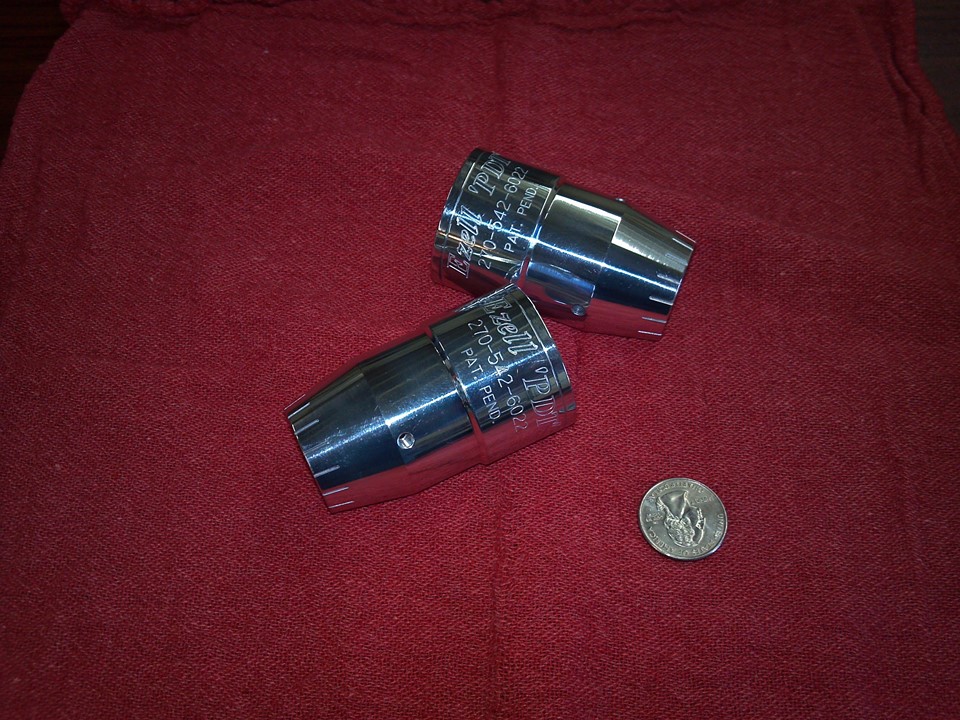This will sound like an ad, but I had a really positive experience.
I've read a lot about tuners on rifles improving group size and making it easier to tune load and have been curious (skeptical) about that. I read about the Rifle Accuracy Systems tuner & muzzle brake combo. I build heavy rifles (about 20 pounds) and I use muzzle breaks to help reduce recoil so that I'm able to spot hits in prairie dog towns. This combo sounded pretty interesting and frankly, not much of a risk since at $170, not much more than just a muzzle brake.
I just had a 22 – 250 built with a 1.25 30 inch Krieger barrel on a BAT action and Shehane tracker stock in 8 twist with a RAS tuner/muzzle brake combo installed. I shot it for the first time April 26 using a load to start with that has been successful in other 22 – 250s. At 200 yards I was getting a 1.25 inch group, far from acceptable for shooting at prairie dogs. Normally I would start working with length and powder charge to tune the load.
I had the tuner screwed all the way in. I followed the directions and turned the tuner slightly twice. At 200 yards I went from shooting 1.25 to a nice cloverleaf group. Like magic. Saved me a ton of time, effort and yielded good results.
I just ordered 4 more of these tuners to retrofit other rifles with. My experience so far with this is that it dramatically cuts load development time and improves results. Could not be more pleased. Spoke to Derek Bostrum about them. Nice fellow to do business with.
YMMV, but I am sold.
I've read a lot about tuners on rifles improving group size and making it easier to tune load and have been curious (skeptical) about that. I read about the Rifle Accuracy Systems tuner & muzzle brake combo. I build heavy rifles (about 20 pounds) and I use muzzle breaks to help reduce recoil so that I'm able to spot hits in prairie dog towns. This combo sounded pretty interesting and frankly, not much of a risk since at $170, not much more than just a muzzle brake.
I just had a 22 – 250 built with a 1.25 30 inch Krieger barrel on a BAT action and Shehane tracker stock in 8 twist with a RAS tuner/muzzle brake combo installed. I shot it for the first time April 26 using a load to start with that has been successful in other 22 – 250s. At 200 yards I was getting a 1.25 inch group, far from acceptable for shooting at prairie dogs. Normally I would start working with length and powder charge to tune the load.
I had the tuner screwed all the way in. I followed the directions and turned the tuner slightly twice. At 200 yards I went from shooting 1.25 to a nice cloverleaf group. Like magic. Saved me a ton of time, effort and yielded good results.
I just ordered 4 more of these tuners to retrofit other rifles with. My experience so far with this is that it dramatically cuts load development time and improves results. Could not be more pleased. Spoke to Derek Bostrum about them. Nice fellow to do business with.
YMMV, but I am sold.


